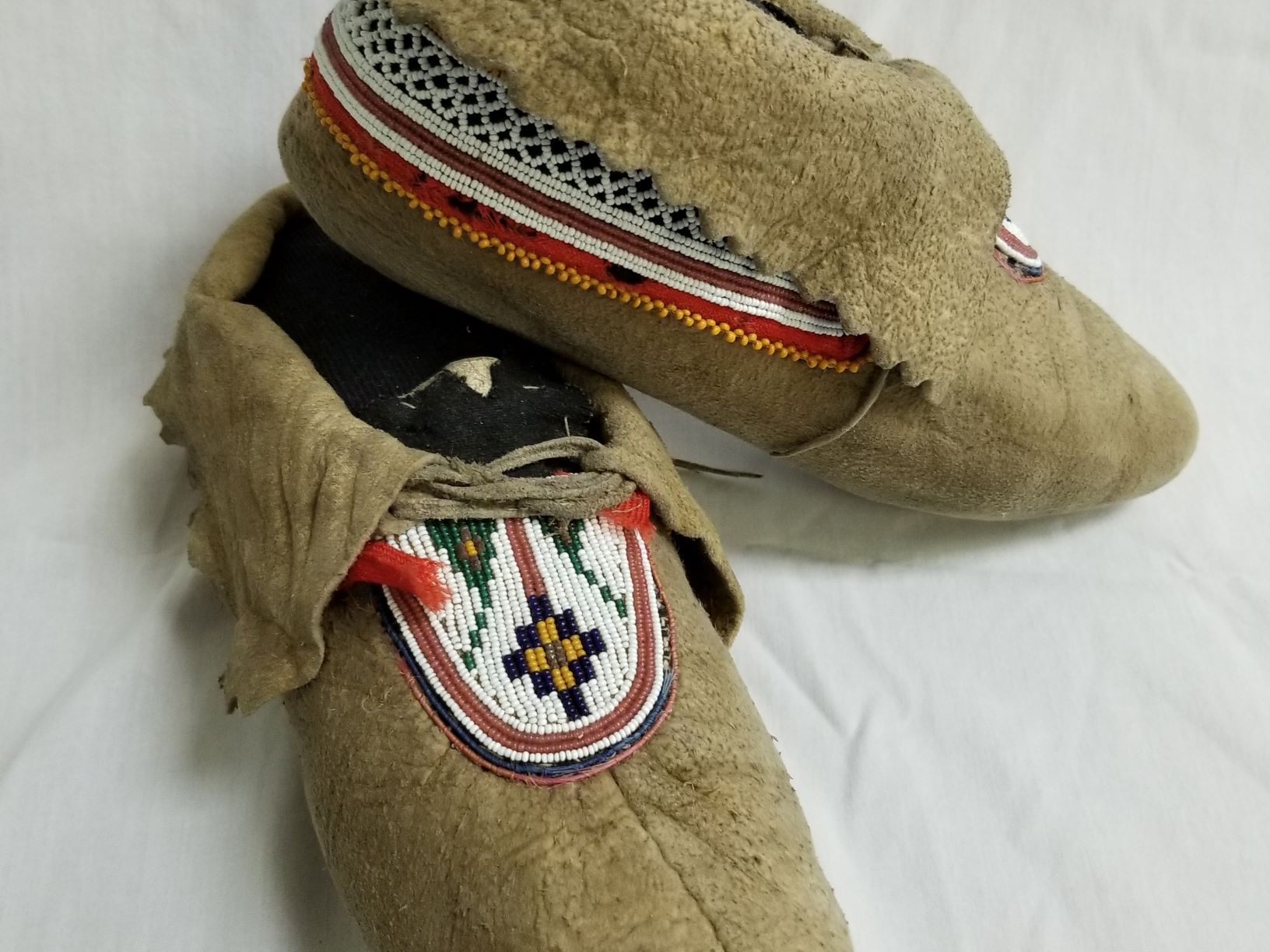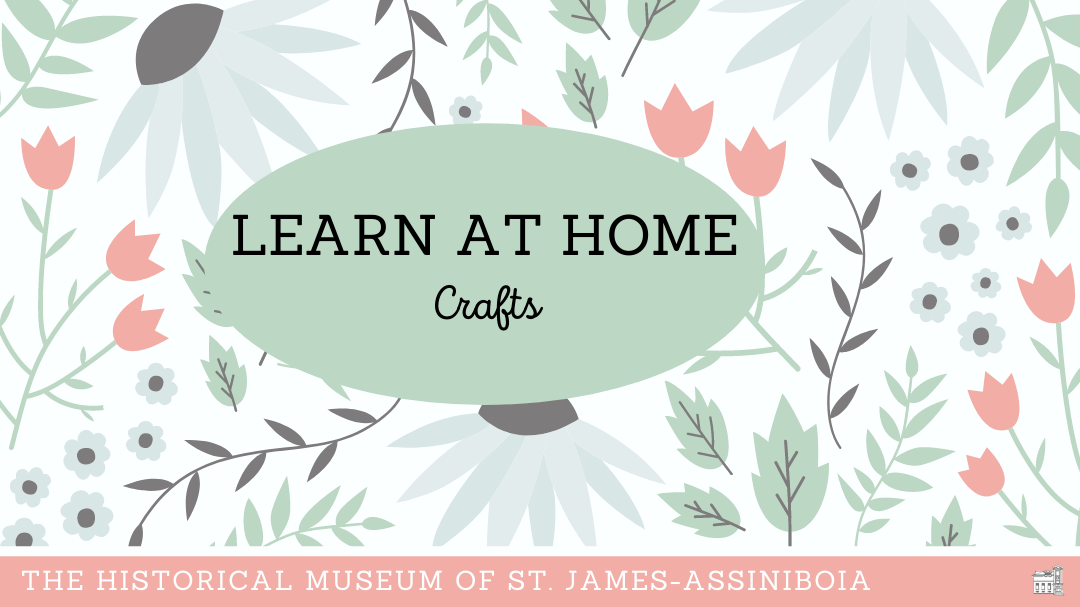Colouring Pages

Download Colouring Page Here:

Download Colouring Page Here:

Download Colouring Page Here:







Join Charlotte for her first Storytime as she introduces herself and talks about life in the 1890s.
Charlotte Taylor, the daughter of John Taylor and granddaughter of William Brown and Charlotte Omand, lives in Headingley in the year 1890, where she attends school and visits her grandparents to help them around the farm. Charlotte loves company and has many stories to share about her grandparents and life on the farm.

John Taylor was Charlotte’s father, but he was also a community leader. After moving to Headingley in 1855 to establish a school, he successfully operated a large farm, trading post, blacksmith shop, Royal Exchange Hotel, livery stable, and a barber shop. During the Red River Resistance of 1870, he was elected to represent the Headingley Parish.
Taylor, an English Metis who spoke French, English, and Cree, was an active member of the Legislative Assembly and became the first Manitoba Minister of Agriculture in 1879. When the Rural Municipality of Assiniboia was established in 1880, he was elected as one of the first seven councillors.
Before Canada became a country, a large part of present-day Canada belonged to a territory called Rupert’s Land. In 1670 the territory encompassed 1,490,895 square miles (3,861,400 square kilometres). Rupert’s Land was a part of British North America and located primarily around the Hudson’s Bay. The Hudson’s Bay Company conducted the fur trade throughout this territory, based on a charter granted by King Charles II.
In the Rupert’s Land Act of 1868, the United Kingdom Parliament authorized the sale of Rupert’s Land to Canada. However, this sale did not recognize the claim on the land by the Indigenous people of North America who had already settled and inhabited the land.
Beginning with Confederation in 1867, the Dominion of Canada was Canada’s formal title. During Confederation negotiations, the Fathers of Confederation wanted to call their new country the Kingdom of Canada. The British disagreed, and eventually the Dominion of Canada was agreed upon.
Government institutions stopped using the word Dominion during the 1960s and in 1982 Dominion Day was officially changed to Canada Day.

In recognition of National Indigenous History Month and Indigenous Peoples Day, June 21st, we are highlighting some of the Museum’s First Nations and Métis artifacts.
The Manitoba Act of 1870 granted 1,400,000 acres of land to families of Métis residents of Manitoba to compensate for lost or disappearing hunting rights. Charlotte Omand Brown, who lived in the Red River Frame House with her husband William Brown, was of Scottish and Ojibwe heritage. In 1877-78, Charlotte’s children (John, Magnus, James, William Jr., Francis Jane Brown Taylor, and Margaret Ann Brown) were each allotted their 240 acres in the areas of East Marquette, Selkirk, and Lisgar. Francis Jane Brown Taylor married the Honorable John Taylor, Manitoba’s first Minister of Agriculture who also received Métis scrip.



The Assiniboine are an Indigenous people group who were living in Manitoba at the time of permanent European settlement. Because they often traded with the Hudson Bay Company, they were well-known to European traders and many of their traditional trails and campsites became trade routes and trading posts.
The first permanent European settlement in the region which is now Manitoba, established by Lord Selkirk in 1811, was called Assiniboia in recognition of the Assiniboine. In 1880, the provincial government created the Rural Municipality of Assiniboia from the parishes of Headingly, St. Charles, St. James, and St. Boniface West.


These Plains Ojibwe moccasins are dated to the late 1800s. They are decorated with a geometric bead pattern and horsehair piping. The Plains Ojibwe (also known as Saulteaux) migrated west and north from the Great Lakes area as the fur trade spread into the plains. When they moved into traditional Cree territories, some Ojibwe peoples created blended Oji-Cree communities or joined Cree groups.


Learn at home how to make Pioneer children’s crafts. Written instructions are available below for download, or follow along in this video.




Download Instruction Pamphlet Here:


Hon. Scott Fielding, MLA for Kirkfield Park, recognizes the great work of the Historical Museum of St. James-Assiniboia.
Winnipeggers have a chance to celebrate the city’s history with Pioneer Heritage Day. It all takes place at the Historical Museum of St. James-Assiniboia on July 14.
The Historical Museum of St. James-Assiniboia is getting ready for its 31st annual Pioneer Heritage Day.
Exciting new content will be posted here soon. Keep coming back to see all the details.
